Singapore Reefs In A New Light
 May 13, 2019
May 13, 2019
In ultraviolet or in darkness, corals have many amazing surprises to reveal when we find new ways to look at them. Hantu Blog volunteers gathered to visit our reefs on this particular weekend for the chance to observe one of natures wild and natural wonders – mass coral spawning. Observing this natural phenomenon demands tremendous patience – corals don’t send out memos about when they are going to release their eggs and sperm en masse. In fact, we have yet to learn how different coral colonies coordinate their spawning. All we can do now is to watch in awe. Above: Observing coral colonies under blue or ultraviolet light allows us to perceive the fluorescent pigments that act as sunblock for the coral and its symbiotic zooxanthellae. Photo: Laval Foo/Hantu Blog
Diving in the dark is nothing new. It is just rarely done, for practical reasons. Humans are mostly creatures of daylight and our eyesight is poor in the darkness. On top of this, there are additional challenges to navigating the reef with just a torch, with you only being able to see whatever is illuminated by the beam of your light. Because night diving is rarely done, very little is known about what happens on reefs after sunset. That we have now learned that coral colonies in Singapore undertake this mass spawning event is a result of several years of patient exploration by Dr James Guest, who first recorded this event in 2002. The opportunity to witness a mass coral spawning event is so rare – you have to be at the right time, at the right place, on the right night to catch the coral spawning. You could have been waiting at a colony that spawned the previous night and have no idea. Our volunteer Khoo MinHuim, who organised this event, shares, “Coral spawning is a rare event that happens only once or twice a year. It is hard to come across without proper knowledge about corals, and we are lucky to have had experts to guide us.” Above photo: Laval Foo/Hantu Blog
One of the special things about diving in the dark is that many of the creatures behave differently than they do during the day. Animals like the razorfish (above), from the family Centriscidae, move in small synchronised schools during the daytime, resembling blades of seaweed floating in the current. The fish hide in and amongst the tentacles of stinging corals or the spines of large spindly sea urchins and are extremely skittish and challenging to photograph because they are ventrally compressed. The fish also do a good job of turning their thin edge towards photographers as soon as they notice that they are being spied on. When the fish fall asleep at night and let their guards down, we can finally sneak up close for a spectacular photograph like this one, that allows us to come face to face with it and appreciate its splendid form. Photo: Nicholas Chew/Hantu Blog
From the ventrally compressed, to the dorsally compressed, a peacock sole looks back at our volunteer Nicholas Chew during an encounter in the dark. If you thought your puberty was hard, consider the peacock sole. The peacock sole is born like any normal fish – upright. It spends its larval time chasing plankton through sun dappled waters until adolescence hits it and the fish undertakes a transformation that will involve it losing half its face. Of this transformation, science writer Ferris Jabr writes,
The bones in its skull bend and shift as one eye forces its way to the opposite side of the head. Its whole body begins to tip over, so it has to swim at an angle. One of its flanks turns a sickly pallor; the other becomes colorfully flecked, matching the speckled sand on the seafloor. Eventually, when it is large enough, the transformed flatfish sinks and settles on its newly blind side. It is now a young adult bottom feeder with two eyes on the same side of its head, a contorted mouth, and one fin squashed against the sand. It will spend the rest of its life this way.
Here’s another look at that peacock solefish. Perhaps now we can appreciate that all the effort and sacrifice undertaken to get into the shape it is in today is worth it if it can help the solefish remain hidden, evade its predators, and survive until it is ready to spawn the next generation of half-faced fish. Photo: Laval Foo/Hantu Blog
From one cryptic creature to the next, here is a skeleton shrimp or ghost shrimp. It’s not what we would typically think of when we hear the word shrimp, but these amphipods are exclusively marine and found in oceans worldwide, from the deep sea to the intertidal zone. In this photograph, Nicolas has captured the individual sitting on a single filament of algae. This really helps us appreciate how delicate this organism is. Skeleton shrimp are preyed upon by other shrimp, fish, nudibranch and some species of anemones. An interesting fact about these skinny creatures is that mating can only occur when the female is between the new and hardened exoskeletons. It would appear that many important events that occur in the sea occur in a very narrow margin of time. It doesn’t take much to imagine how subtle modifications to its space and conditions can cause a shift, or even a disappearance, a closure, of these precious time windows.
Here’s what we think of when we think of shrimp. Many predators both in and out of the sea (e.g. birds, humans) would love to eat a plump shrimp, that’s why shrimp do a very good job of hiding most of the day, coming out only at night to feed on worms and marine detritus, all the while remaining extremely vigilant. More than just a pair of eyes, I was recently intrigued to learn that the eyestalks of crustaceans are a location for a gland that regulates hormones, which in turn controls the maturation of reproductive organs in females. For this reason, several prawn hatcheries around the world have employed a method called “eyestalk ablation” which, as the name suggests, involves cutting off the eyestalks of shrimp to induce reproductive maturation. In some species bred for consumption, like Black tiger shrimp, this procedure has been argued to be necessary for the shrimp to breed under captive conditions (i.e. overcrowded, bright lights and stress). Lucky for this shrimp, it is free to procreate as it pleases and become dinner for a predator only when it lets it guard down. Photo: Nicholas Chew/Hantu Blog
Here’s another pair of eye stalks. These belong to a large marine snail known as a conch. Unlike most snails, which have their eyes at the base of their eyestalks, conch have their eyes at the tips of their stalks. While most snail eyes generally only detect light, it is believed that the eyes of the conch snail may actually produce an image. Next time you come eye to eye with a conch, wink and see if it winks back! Photo: Nicholas Chew/Hantu Blog
From eyes with hormone glands to eyes on half a face, we now come to gaze into the eyes of an octopus. Octopuses may not be able to detect many colours (they are colourblind), but some researchers think that octopuses may be able to detect polarised light. Octopuses may not seem all that intimidating, without a spine and all, but if you were a shrimp for example, you would really not want to bump into an octopus. We are lucky to have these brainy cephalopods inhabit our reefs. Predators like octopus need a healthy reef with lots of food to hunt. Keeping corals healthy helps keep the fish, shrimp, snails and other yummy bivalves like scallop and clams available for all the beautiful predators that divers love to encounter and photograph. Photo: Nicholas Chew/Hantu Blog
Here’s a look at the whole octopus! Of his encounters, Laval described, “My most unexpected encounters [from the coral spawning dive] were in fact non coral related. It was the octopus spotted by Nic and the peacock sole by my buddy Veronica. These creatures are hard to spot. Very often they go into hiding when sensing human presence. But that night they were longer than anticipated.” Photo: Laval Foo/Hantu Blog
“This was the first time I witnessed a Favid coral spawning. The most memorable part of my dive was watching the egg slowly released from the mouth of the polyp. It was spectacular! I learned from this trip that corals are striving to survive in Singapore waters that is affected by pollution, sedimentation and development, yet they managed to spawn.”
Hantu Blog volunteer, Khoo MinHui
Waiting for corals to spawn demands a good level of patience and luck. This means that divers sitting watch at a coral colony have to keep themselves occupied sometimes for up to an hour, just checking out the critters moving around them as they wait for the pink egg parcels to push through the skin of the coral polyps. Hovering motionless at a coral colony forces you to take a closer look at your environment, to experience the reef in a new light, and compels you to be more attentive to subtle movements and activities. A living reef rewards the patient diver even while he or she waits. Finally, when the coral colonies receive their unspoken cue, they release their eggs and sperm into the water column, and if you are ready with your lights and camera, you may be so lucky so to be able to document the event.

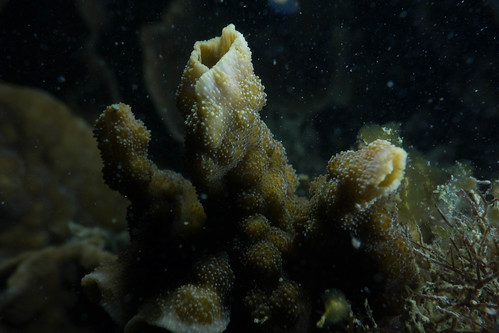
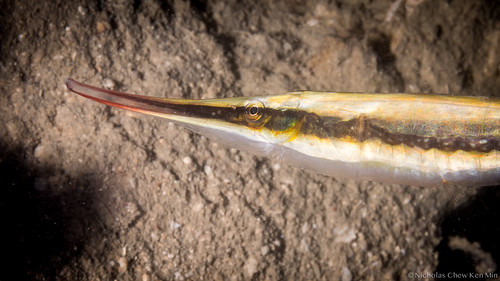
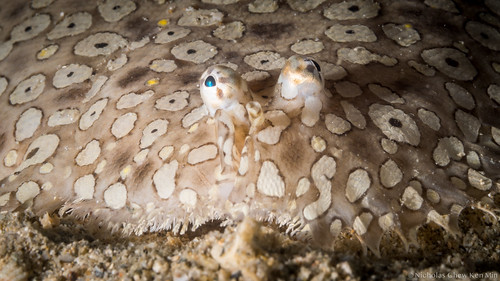

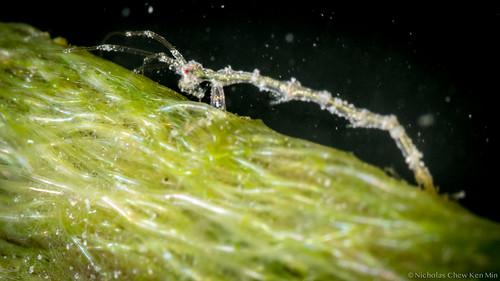
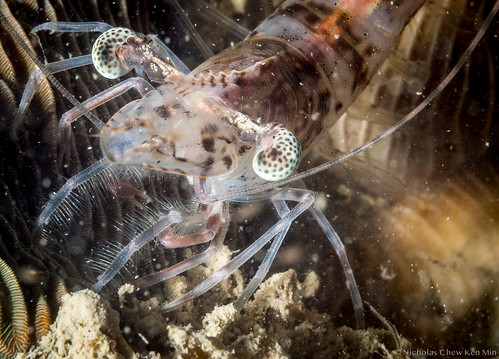


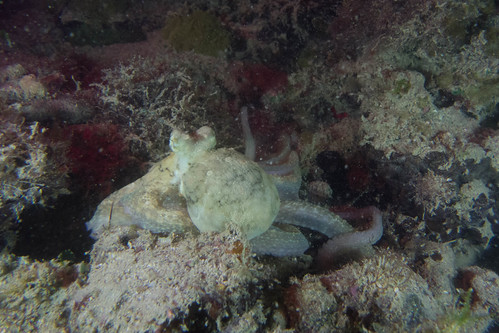

 Posted in
Posted in 



 content rss
content rss
COMMENTS